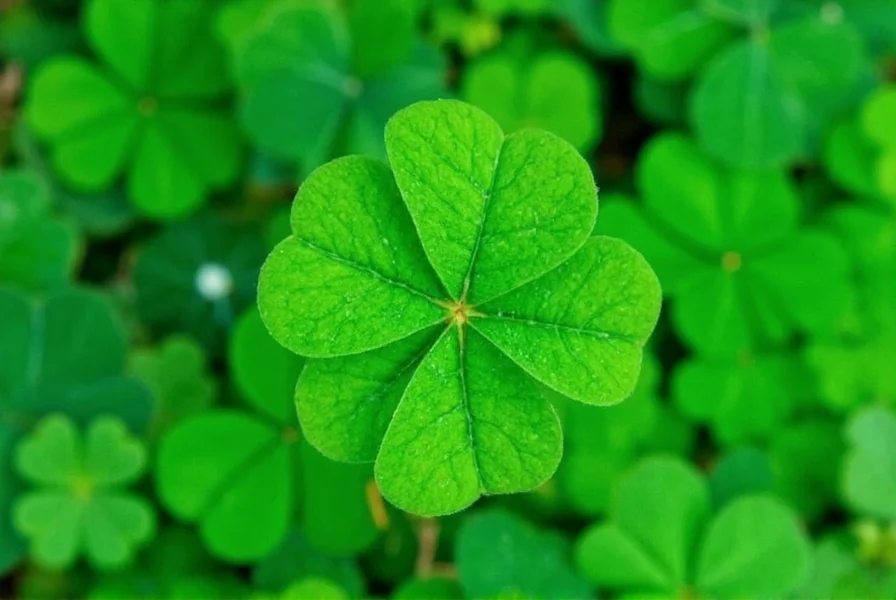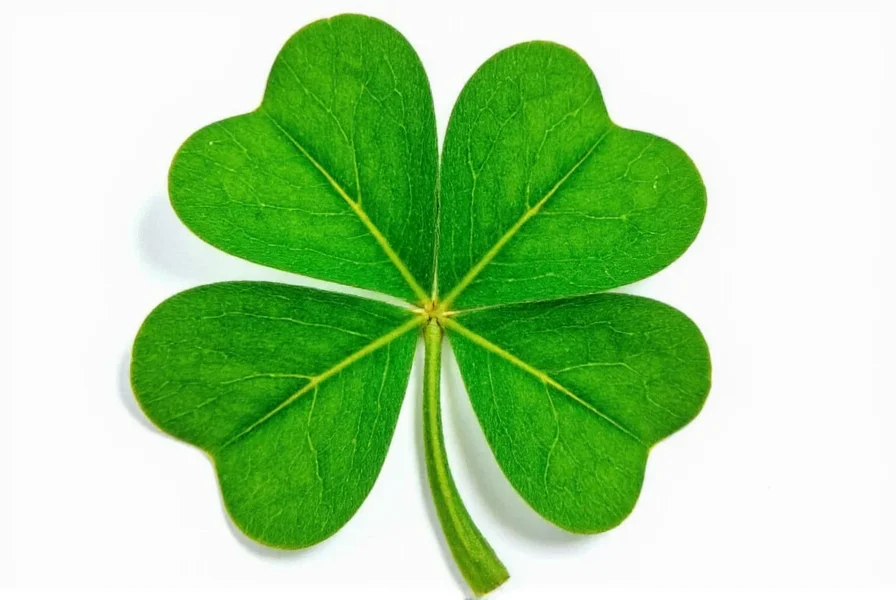When people search for "Irish clover," they're typically seeking to understand the cultural symbol deeply embedded in Irish identity. This comprehensive guide explores the botanical reality, historical significance, and enduring symbolism of this iconic plant that represents Ireland worldwide.
The Botanical Reality of Irish Clover
Despite common assumptions, "Irish clover" isn't a specific botanical classification. The term refers to several small clover species native to Ireland that became culturally significant. Botanists have long debated which exact species qualifies as the "true" shamrock:
| Common Species | Scientific Name | Key Characteristics |
|---|---|---|
| Dublin Shamrock | Trifolium dubium | Small yellow flowers, grows in grasslands, most commonly sold as "shamrock" |
| White Clover | Trifolium repens | White flower heads, widespread in Irish pastures |
| Black Medic | Medicago lupulina | Often mistaken for clover, yellow flowers |
A 1988 study by E. Charles Nelson examined historical records and found Trifolium dubium (lesser trefoil) was most frequently identified as the shamrock in 19th century Ireland. However, Trifolium repens (white clover) remains widely accepted as the traditional Irish clover plant.

Historical Significance and St. Patrick's Legend
The connection between clover and Ireland dates back to the 5th century when St. Patrick reportedly used the three-leaf shamrock to explain the Holy Trinity (Father, Son, and Holy Spirit) to pagan Irish. While historical evidence for this specific story is limited, the association became firmly established by the 17th century.
Early written references to the shamrock as a Irish symbol appear in 1726, when Irish Christmas sermon mentioned people wearing "shamrockes" on St. Patrick's Day. By the 18th century, the practice of wearing shamrocks on March 17th had become widespread among Irish people both in Ireland and abroad.
Clover in Irish Culture and Symbolism
The Irish word "seamróg" literally means "little clover" or "young clover." Over centuries, the shamrock evolved from a religious symbol to a national emblem representing Irish identity, particularly during periods of British rule when displaying Irish symbols was politically significant.
Today, the shamrock appears on:
- Irish coins and official state documents
- Military insignia of Irish regiments
- Sports team uniforms (particularly rugby and football)
- St. Patrick's Day celebrations worldwide
Shamrock vs. Four-Leaf Clover: Clearing Misconceptions
Many people confuse the traditional three-leaf shamrock with the rare four-leaf clover, but they represent different concepts:
- Shamrock: Always three leaves, represents Irish heritage and St. Patrick's teaching
- Four-leaf clover: A genetic mutation occurring in approximately 1 in 10,000 clovers, associated with good luck across various cultures
The confusion likely stems from both being clover varieties, but their cultural meanings differ significantly. While the three-leaf shamrock is specifically Irish, four-leaf clovers carry universal luck symbolism.
Modern Usage and Cultural Importance
Each year on St. Patrick's Day, Ireland's Taoiseach (Prime Minister) presents a crystal bowl of shamrocks to the U.S. President in a tradition dating back to 1952. This " shamrock bowl" ceremony symbolizes the strong ties between Ireland and the United States.
The practice of "drowning the shamrock" remains popular in Ireland—placing a shamrock in the last drink of the evening on St. Patrick's Day, then drinking to Ireland's prosperity. This tradition dates back to at least the 18th century.
Common Misconceptions About Irish Clover
Several myths persist about Irish clover that deserve clarification:
- Myth: There's one official species designated as Ireland's national plant
- Reality: Ireland has no official national plant, though the shamrock is the de facto national symbol
- Myth: All clovers with three leaves are "shamrocks"
- Reality: Only specific species native to Ireland qualify as traditional shamrocks
- Myth: The shamrock was always Ireland's national symbol
- Reality: Its prominence increased significantly during the 18th and 19th centuries as Irish nationalism grew
Conclusion
Irish clover, or shamrock, represents far more than just a plant—it's a powerful symbol of Irish identity, history, and cultural resilience. Understanding the botanical facts behind this symbol enriches our appreciation of why this simple three-leaf plant continues to resonate so deeply with people of Irish heritage worldwide. Whether worn on St. Patrick's Day or featured in Irish iconography, the shamrock remains an enduring emblem of Ireland's rich cultural tapestry.











 浙公网安备
33010002000092号
浙公网安备
33010002000092号 浙B2-20120091-4
浙B2-20120091-4